Coping Ugly: The newest Boseman Gallery exhibit that opens up a conversation on grief
Heather Lewis was drawn to the medium of art from a young age. In grade school, art classes were her top choices in electives. When she reached high school, she looked up to the upperclassmen equipped with cameras and freedom as they wandered the school snapping photos, and she decided that was where she belonged. Inspired by her strong-willed photography teacher, Lewis immersed herself in the medium of photography. She explored mixed media as an undergraduate student and then received her Master of Fine Arts from The Savannah College of Art and Design.
And then Lewis’ fiancé, Daniel, died. That is when she discovered her interest in fiber arts, something that her “Coping Ugly” exhibit in UNC Wilmington’s Ann Flack Boseman Gallery demonstrates with a range of seemingly mundane items.
“I found myself at a crossroads of needing to get rid of some of his things, but also not being able to let them go. I began tearing his clothes, notebooks, and textbooks and manipulating them. This repetitive action became a form of therapy for me. As I remembered him and felt my grief, I tore and ripped,” said Lewis.
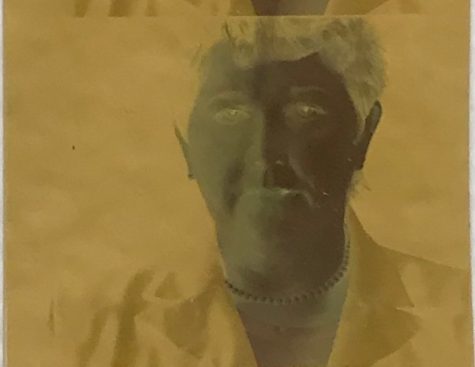
Thus, originated the pieces that are on display. Among them are “History,” an array of color negatives contained in glass vials, “Stubborn,” a piece made of 12 first aid eye pads, and “Release,” an entanglement of vintage fountain pen points. All the pieces give a nod to another era, as many incorporate medical supplies from the 50s, vintage photography materials, or both, all coming together to portray Lewis’ self-portrait of her own grief.
“There are a few reasons for the look. I think most people would say it reflects who I am. My clothes, furniture, jewelry mostly have a vintage vibe,” said Lewis. Her main spot to browse for mixed media pieces is The Scrap Exchange in Durham. “One of my favorite sections is where all the medical devices are stored. Daniel was in med school, so in a sense, this is a form of recall for me. But also, if I see something that I am attracted to or that I like the tactile feel to, I’ll get them not really knowing what their future use will be in a piece.” As for why Lewis included slide viewers and color negatives in the exhibit, it was a way to pay tribute to her photography roots.
All the pieces in the gallery are accompanied with a quote from famous writers like Rupi Kaur, C.S. Lewis, and Cheryl Strayed. For Lewis, it was a way to put words to her emotions in ways she could not. “I started to read books from authors who had gone through losing a partner. I started with Joan Didion, C.S. Lewis, and Cheryl Strayed. They could describe feelings in such an eloquent way, more so than I could. I would highlight sentences and re-read lines and when I did, I could ‘see’ an image or piece. Which for me translated into how I could ‘talk’ to others about what I was feeling,” said Lewis.
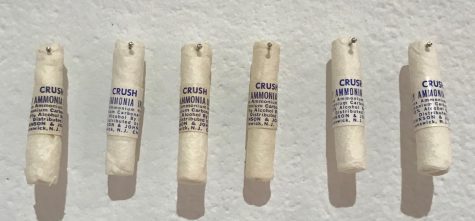
“Coping Ugly” is not just Lewis’ interpretation of her grieving process. The pieces in the exhibit are there to confront the stigma around public grieving and open a conversation around grief. In The United States, public displays of grief are seen as uncomfortable and awkward, whereas the process of grief tends to be a natural response to loss.
“There is that idea in our culture that this subject matter is taboo. No one wants to cry in public, but cry they have. Probably because they needed to, and I realized that I was providing a safe place for people to do so, to openly remember and grieve and talk to me knowing there’s no judgment. What “Coping Ugly” represents today is still a part of my grief process, but more on a level of understanding and acceptance,” said Lewis.
“Coping Ugly” will be on display until Feb. 15 in the Boseman Gallery.



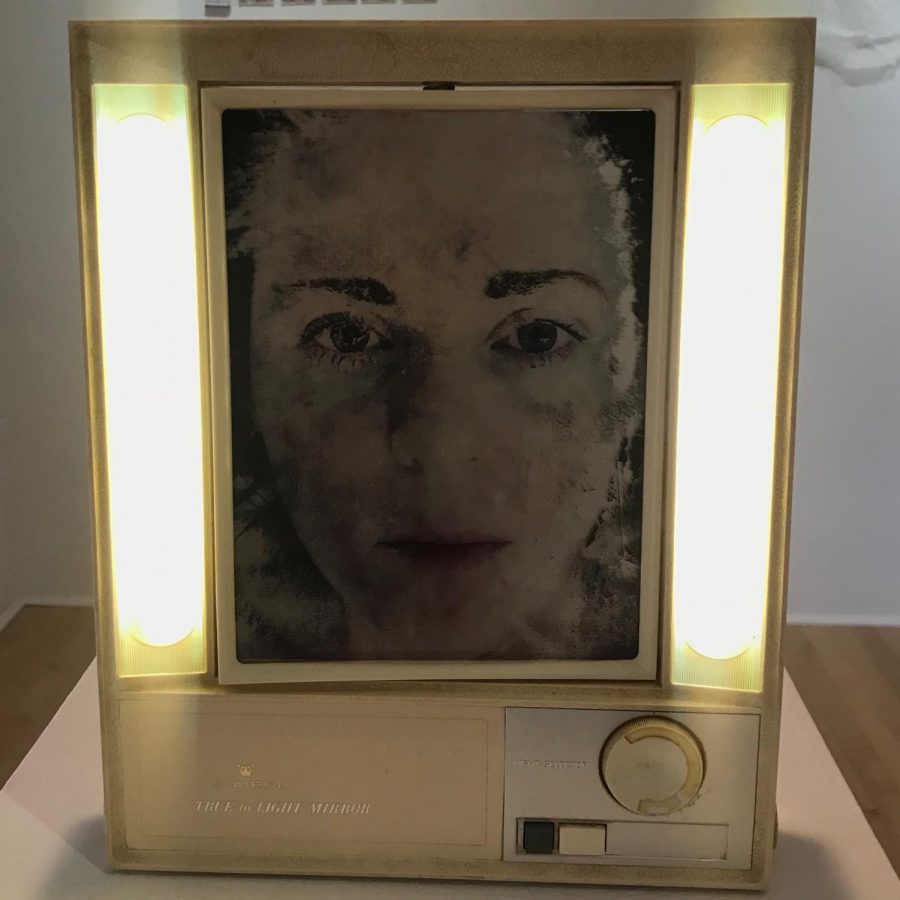
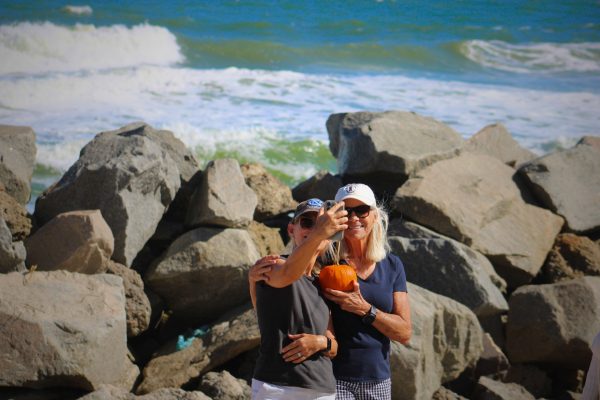
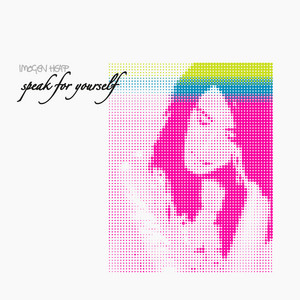
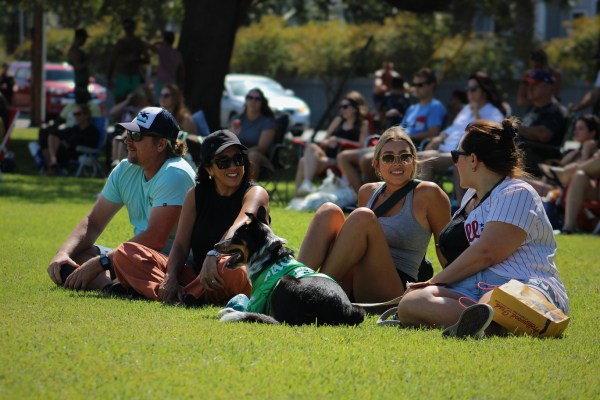





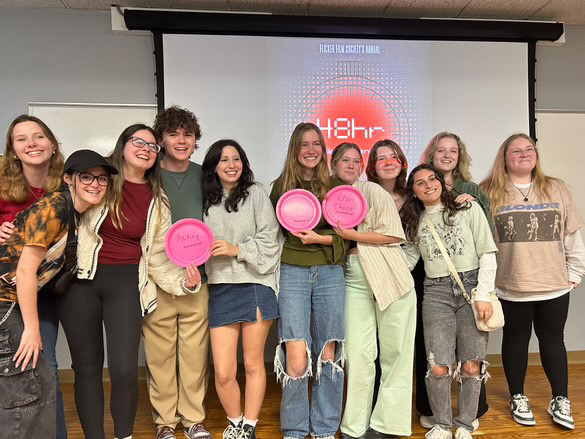
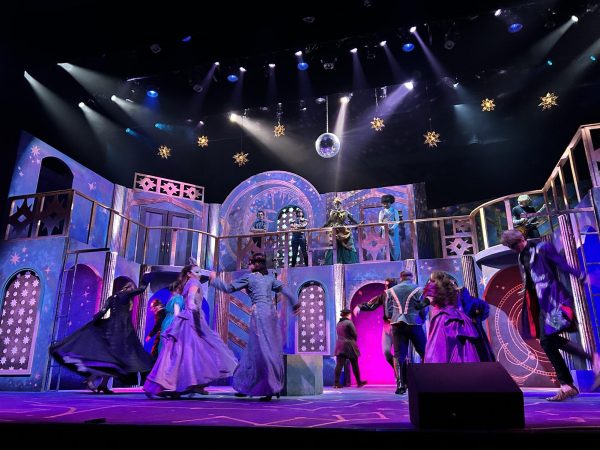
Marie Hatton • Sep 12, 2020 at 10:47 pm
Lost my boy the things..so hard to put them away .
Or get rid of ..not his art work his writing..his judo..stuff baseball stuff he’s ok but I’m not or his brother or dad